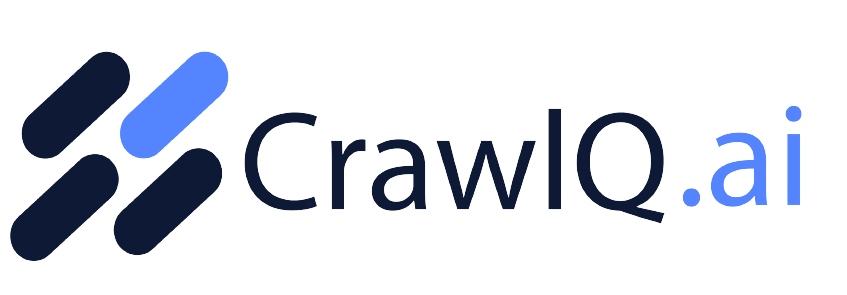Some people think the best way to market is by using your human resources to pinpoint potential buyers, but it’s possible to know enough about your target audience by doing just a little research.
Table of Contents
Toggle6 Ways to Research Your Target Audience to Create Leads
Step 1: Determine the goal of your audience segmentation:
Ensure you can target different groups of audiences with other marketing strategies.
Step 2: Use Google Ad-Targeting Tools to find a niche audience across devices, languages, and locales:
Three of the most trusted advertising models are Google AdWords, LinkedIn Advertising, and Facebook Ads. Each model has its benefits. You can use anyone to target a specific group or niche audience.
Step 3: Conduct a survey:
This method may be the most time-consuming and also the most concrete option. Surveys need to be designed carefully and often involve a lot of effort, but they can yield great results. This involves asking questions and gathering responses from your target audience.
PS: ‘Research Your Market, The Short and Easy Way’
PSS: Think of CrawlQ Market Research (Level I) Persona research as Survey
All good research begins with excellent data input. While data input is always subjective by nature, avoiding bias in this crucial step will help to ensure that you’re obtaining an accurate representation of your target audience’s pain points.
As you know, bias can significantly alter the outcome of the survey. Similarly, a biased or too specific focus can create outliers (Balck Swan) for your results. Language Models are susceptible to the training data and what they have seen before as a concept. More we provide structured input. The language models are good at understanding the patterns and creating expected output.

Step 4: Conduct focus groups:
To understand what your customers think, it’s essential to hear their perspectives. Focus groups provide a forum where you can meet with people interested in what you want to offer and ask your questions. The important thing is to make sure that whomever you are planning on interviewing will be willing to tell you what they don’t like about your product. The good thing about focus groups is that several different perspectives come into play because you are talking to a group of people, making it easier to figure out which direction to take your project.
PS: Market Research Insights in CrawlQ are designed to act as Focus Groups
‘Why You Should Stop Worrying and Target Your Audience Today’
Step 5: Test various audiences
Test different combinations of pain points and problem solution statements. The problem-solution urgency of one person in one niche-focus group is different from the problem-solution urgency of the other persona in another niche-focus group—test Coach for Spiritual vs. Coach for Mindfulness.
PS: You can clone workspaces in CrawlQ to design A/B tests for target audiences.
‘What you REALLY want to know is why 95% of People Leave Websites Before You Go Any Further’
Step 6: Map audience journey
You could use a traditional archetype, where you might have an explorer who is curious about any topic. Another approach would be to identify different personas according to stages in their journey with your brand. For instance, the storyteller looking for great content and tools to use, the perfectionist looking for a way to brush up on their skills while polishing their current projects, and the procrastinator who needs encouragement to get started.
- A procrastinator is on top of the funnel. You can use topics that educate procrastinators to take the following steps in their purchase journey.
- A storyteller is in the middle of the funnel. He is aware of the problem, and you can most potentially provide them with content and tools to solve the problem.
- A perfectionist is ready to press the buy button as they have experienced the problem and understand the solution.

Personas are grounded in real-life experiences. Use your work with customers or internal stakeholders to create personas that are specific to your product category.
PS: you can clone the same workspaces in CrawlQ to design tailor-made content for the different stages of your FRED in his journey from being a procrastinator, storyteller to a perfectionist.
If you are stuck on how to get started, don’t wait. A little push and help can get you to the next frontier of your crucial project launch in as little as 24 hours.



